 With millions of people around the world suffering from back pain, is there any hope for relief outside of traditional methods? Low back pain can be excruciating and immobilizing, but there is still hope. When dealing with any pain or injury, exercising might be the last thing that crosses your mind, especially if it’s chronic low back pain (CLBP). However, that’s exactly what is recommended and what can help.
With millions of people around the world suffering from back pain, is there any hope for relief outside of traditional methods? Low back pain can be excruciating and immobilizing, but there is still hope. When dealing with any pain or injury, exercising might be the last thing that crosses your mind, especially if it’s chronic low back pain (CLBP). However, that’s exactly what is recommended and what can help.
Research is revealing that people who exercise and stay flexible are better able to manage pain than those who are sedentary. So my charge to anyone reading this, whether or not you are living with low back pain, stay proactive and make health and fitness a priority. Rather than be forced into reacting to an injury that might have you sidelined for months, take a step toward low back pain relief.
The Impact of Lower Back Pain
Alarming statistics reveal that the single leading cause of disability globally is none other than low back pain. According to the American Chiropractic Association, “Back pain is experienced by 31 million people at any given moment.” After all, it is the third most common complaint during doctor visits and accounts for more than 264 million lost work days annually.
What Causes Low Back Pain?
Low back pain can flare up and subside in the blink of an eye. Often there is no warning and there are no other accompanying symptoms. Pain can occur in varying intensities and pain levels. It is important to take back pain seriously because it is your body trying to tell you that there is something wrong and that you need to make a change. Common causes include the following:
- Muscle strain/sprain
- Muscle spasms
- Bulging discs
- Arthritis
- Skeletal irregularities
What You Can Do: Fitness and Wellness Ideas
Fortunately, there are several precautionary steps that you can take to prevent low back pain episodes as well as further injury. Keep in mind that humans are complex beings and it is important to address overall health.
- Start and maintain an exercise program. Our NIFS staff can work individually with members to develop a proper strength-training program that addresses cardiovascular fitness as well as flexibility and mobility.
- Maintain a healthy weight. According to the National Arthritis Foundation, “Every pound of excess weight exerts about 4 pounds of extra pressure on the knees.” Therefore losing a few pounds can take pressure off the back and knee joints.
- Limit and manage stress levels. Paying attention to stress levels can help you avoid behaviors that lead to obesity such as overeating and a sedentary lifestyle. If stress levels stay low, it can help improve overall health.
Always keep in mind that we are complex beings and it is important to address our overall health needs. It might take multiple methods to address back issues, but why not jump ahead and try to prevent them through proper health and wellness strategies? Visit www.nifs.org to find out more information, see the up-to-date Group Fitness Schedule, and start your fitness journey now.
This blog was written by Cara Hartman.To find out more about the NIFS bloggers, click here.


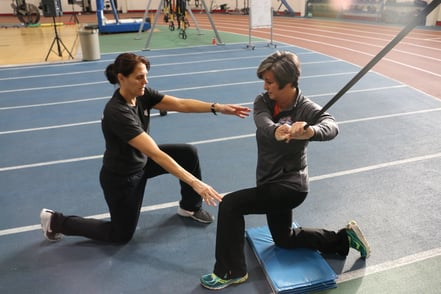 Coaching cues can really make a big difference in the outcome of your workouts. Sometimes it means the difference in whether you get injured during an exercise. Or are you even working the muscles you originally intended to use? Without cues, it would be foolish to have a client jeopardize their health because they saw someone else do a movement incorrectly or think they read it in a magazine or online. This is not to say that there are not many ways one can do to their exercises, or modifications to spice up their workout plan, but you need to make sure you aren’t compromising yourself and goals in the process.
Coaching cues can really make a big difference in the outcome of your workouts. Sometimes it means the difference in whether you get injured during an exercise. Or are you even working the muscles you originally intended to use? Without cues, it would be foolish to have a client jeopardize their health because they saw someone else do a movement incorrectly or think they read it in a magazine or online. This is not to say that there are not many ways one can do to their exercises, or modifications to spice up their workout plan, but you need to make sure you aren’t compromising yourself and goals in the process.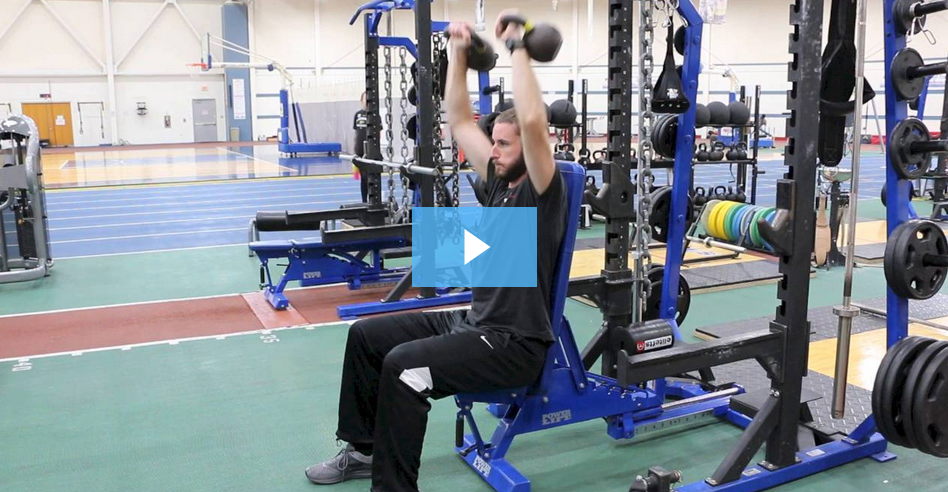
 If you are like most people, the dreaded
If you are like most people, the dreaded 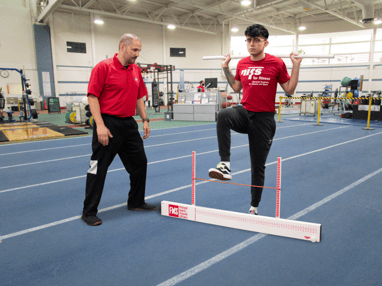
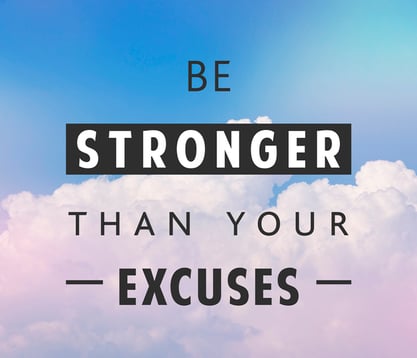 What’s your motivation for working out? Eat healthy? What’s your motivation to get enough sleep or practice de-stressing with yoga or foam rolling? What’s your motive to get your friends and family to go on a walk or to the gym with you?
What’s your motivation for working out? Eat healthy? What’s your motivation to get enough sleep or practice de-stressing with yoga or foam rolling? What’s your motive to get your friends and family to go on a walk or to the gym with you?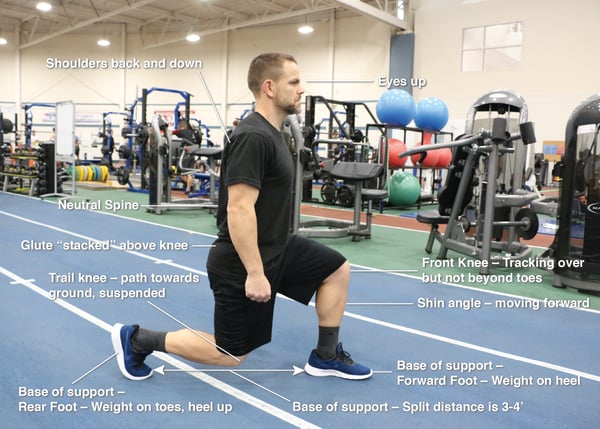
 Since you were young you probably have been told to eat your fruits and vegetables. Fruits and vegetables are the nutritional powerhouses of your diet. They offer essential vitamins, minerals, fiber, and phytochemicals that not only keep your body healthy, but also protect against cancer, heart disease, stroke, and other health conditions. During the winter months, fresh fruits and vegetables are more limited and generally more expensive. As a result, many of us turn to canned or frozen options. So are canned and frozen options just as healthy as the fresh produce we consume?
Since you were young you probably have been told to eat your fruits and vegetables. Fruits and vegetables are the nutritional powerhouses of your diet. They offer essential vitamins, minerals, fiber, and phytochemicals that not only keep your body healthy, but also protect against cancer, heart disease, stroke, and other health conditions. During the winter months, fresh fruits and vegetables are more limited and generally more expensive. As a result, many of us turn to canned or frozen options. So are canned and frozen options just as healthy as the fresh produce we consume?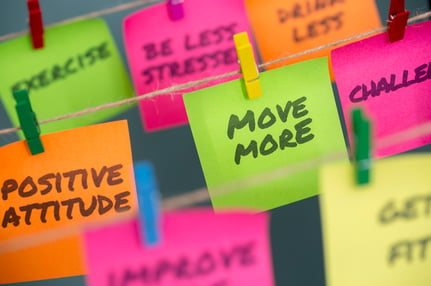 Where did this year go? Whether it was the best year of your life, or you’re looking forward to a fresh start in the new year, you may likely have some health and fitness goals at the top of your list of resolutions. How do you make sure they aren’t just a pipe dream? Let’s find out!
Where did this year go? Whether it was the best year of your life, or you’re looking forward to a fresh start in the new year, you may likely have some health and fitness goals at the top of your list of resolutions. How do you make sure they aren’t just a pipe dream? Let’s find out!
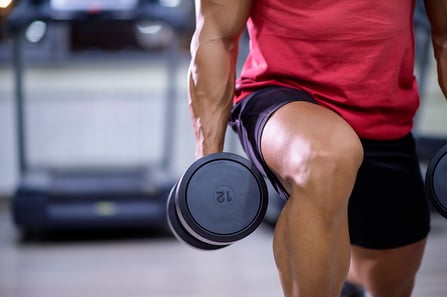 For some people, leg day at the gym is the greatest single day of the week. For others, however, there couldn’t be a more grueling and loathsome experience. We all know that leg workouts are essential to our total-body fitness plans and that there are consequences to not doing leg day, like becoming internet memes.
For some people, leg day at the gym is the greatest single day of the week. For others, however, there couldn’t be a more grueling and loathsome experience. We all know that leg workouts are essential to our total-body fitness plans and that there are consequences to not doing leg day, like becoming internet memes.